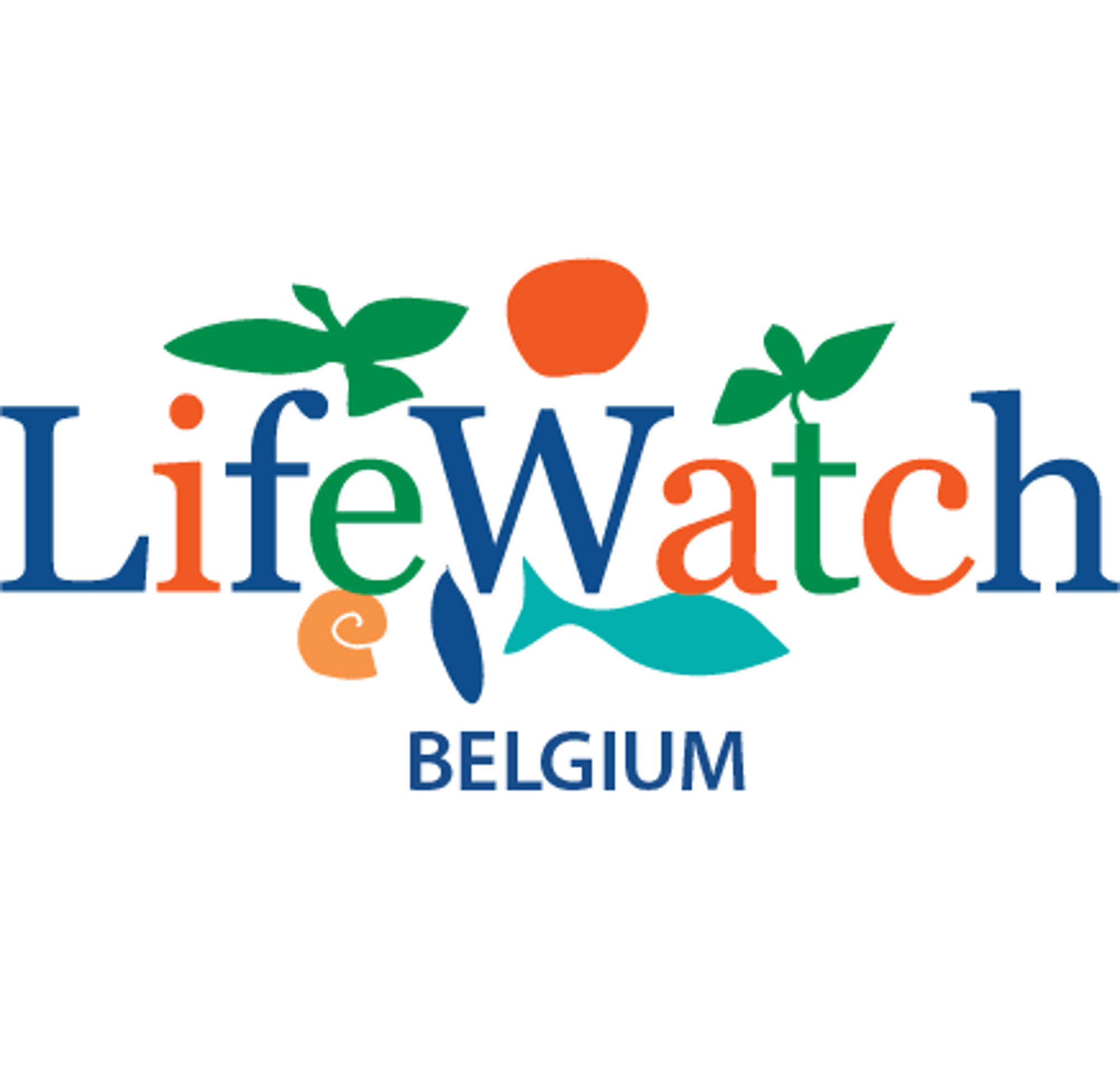Publication date: December 22nd 2022


Editor questions vary greatly, from asking for assistance in making additions, updates and changes in the system, to initiating discussions on particular topics or requesting access to specific, hard-to-find literature. In the latter case, the DMT collaborates with the VLIZ library, where the librarians are quite successful in obtaining access to mysterious, perceived unobtainable literature.
The WoRMS user community is vast, and highly diverse. Questions we receive range from scientists alerting us to missing or possibly incorrect information or requesting specific statistics, to high-school students looking for specific information on a particular taxon group and snorkelers, divers or beach strollers asking for help with an identification - based on pictures - of their discoveries.
WoRMS, a sometimes tricky acronym…
Occasionally, the DMT gets puzzled as to how people make a link between their question and the World Register of Marine Species… Due to our acronym - WoRMS - it is not uncommon that people incorrectly assume that we offer world-leading knowledge on all kinds of worms, very often of the human parasitic kind, and that we also know how to identify these based on images, and have the medical information on how to treat them… in these cases, the standard reply often becomes “Dear XYZ, we cannot help you, but we strongly advise you to consult a doctor or a physician”.
Help! What did I find?

The occasional, touching message
And then, once in a while, there are questions that pluck our heart strings… The DMT gets at least a little bit intrigued when a request comes in from someone, asking whether we would be able to help retrace a species described somewhere in the 1940s and named after a deceased family member. These requests usually come with very little background information on e.g. the species group, who the author is, whether the species is referring to the first or last name of a person and - in case of a woman - whether the species name refers to the maiden or married name. With some targeted and inventive searches on WoRMS, Google (yes, Google is a good friend to the DMT!) and some guidance and assistance from a number of just as intrigued editors, these kinds of family mysteries or questions mostly get solved.
And much more…
The info-address does not only receive countless questions from editors and users, it also receives multiple automatic notification messages for the DMT, so we can monitor and guide the activity of all the editors through the online interface. These messages include e.g. notification of added images, but also all delete-requests from our editors, be it for the removal of taxa, distributions, attributes, notes or images. For each of the delete requests, the DMT makes a final check before going ahead with the removal, or making suggestions to our editors to avoid loss of information. As has been pointed out to us many times, this is an important control, confirming the need for and importance of humans checking actions, to “halt the automated robots” and avoid “database disasters” by too many automated actions :-).
Through the info-address, the DMT also manages all the publication download requests. This service provides users with access to non-open-access publications which are available upon request through WoRMS. The download requests only get approved when a valid reason for download is provided. A small analysis shows that the vast majority of these requests are linked to research questions, such as the need to consult the publication for a taxonomic revision, species description, ecological research or identification purposes. A rough analysis indicates that we have had on average 15 publication download requests per day, since the service was fully launched in 2018, and we appreciate every single short thank you message that often follows the delivery.
So you see, the DMT rarely leaves an info-question unanswered, even if we just have to admit “we do not know” or “we cannot help you”... On average, the info-address receives roughly between 700 to 2,500 messages per month, including notifications. This high and continuous flow of emails keeps us on our toes, and in touch with what goes on both within our user and editor communities. In the end, we fulfill a role both as information provider and a filter between user and editor and vice-versa. We love and appreciate these roles, enjoying daily communication through our info-address and thereby making sure that WoRMS stays online, dynamic and ever-growing :-).
Contact
WoRMS Data Management Team - info@marinespecies.org
Image credits
- Hand drawn on a blackboard with blue envelopes: Image by dashu83 on Freepik
- Free vector hand drawn people asking questions illustration: Image by Freepik
Acknowledgements
This celebration and series of news messages initiated by the Data Management Team (DMT) would not have been possible without the collaboration of the WoRMS Steering Committee (SC) & voluntary contributions by many of the WoRMS editors.
The work of the DMT and many WoRMS-DMT-related activities are supported by LifeWatch Belgium, part of the E-Science European LifeWatch Infrastructure for Biodiversity and Ecosystem Research. LifeWatch is a distributed virtual laboratory, which is used for different aspects of biodiversity research. The Species Information Backbone of LifeWatch aims at bringing together taxonomic and species-related data and at filling the gaps in our knowledge. In addition, it gives support to taxonomic experts by providing them logistic and financial support for the organization of meetings and workshops related to expanding the content and enhancing the quality of taxonomic databases.
WoRMS – as ABC WoRMS – is an endorsed action under the UN Ocean Decade.



